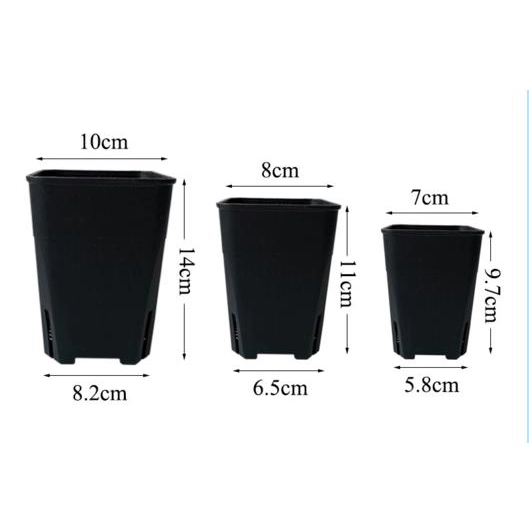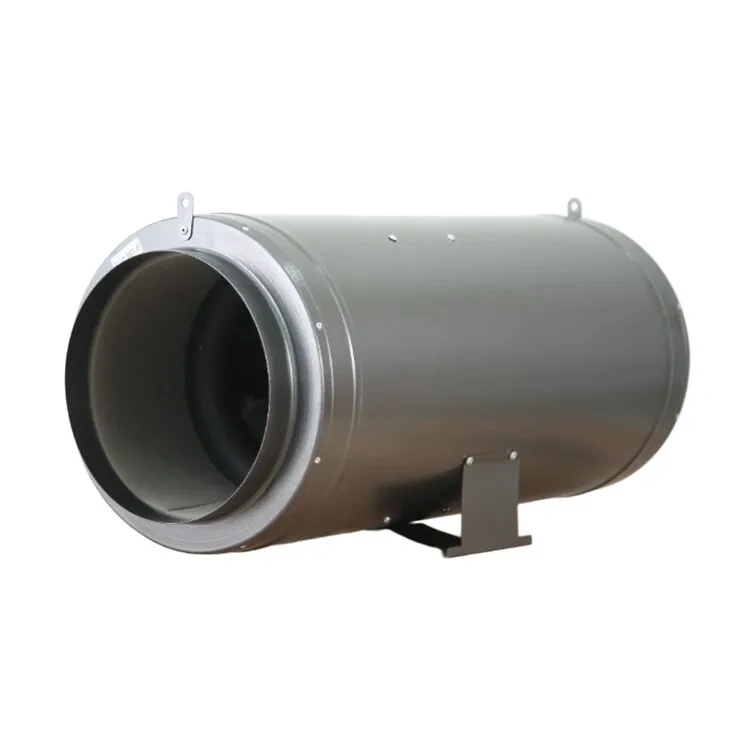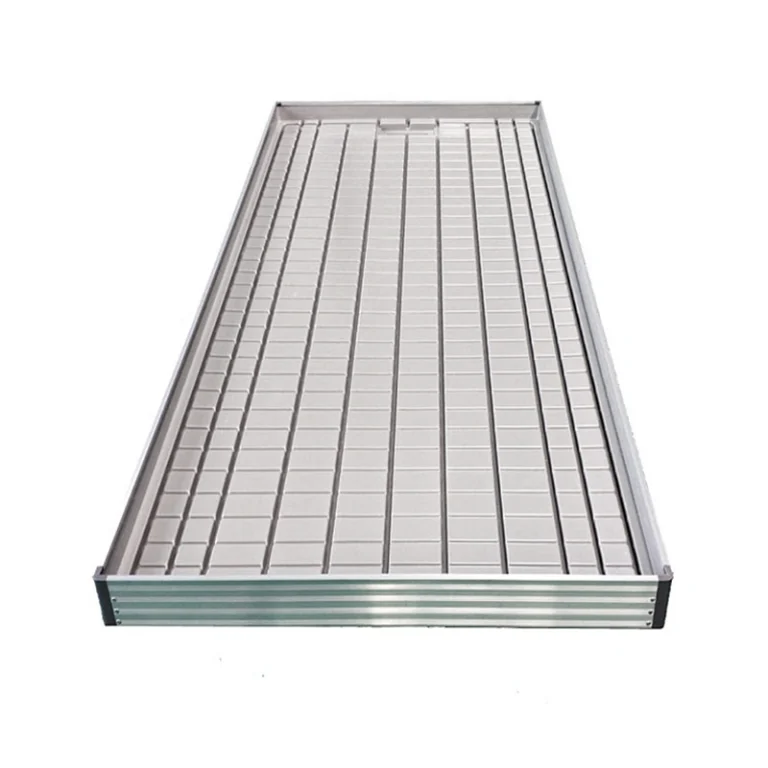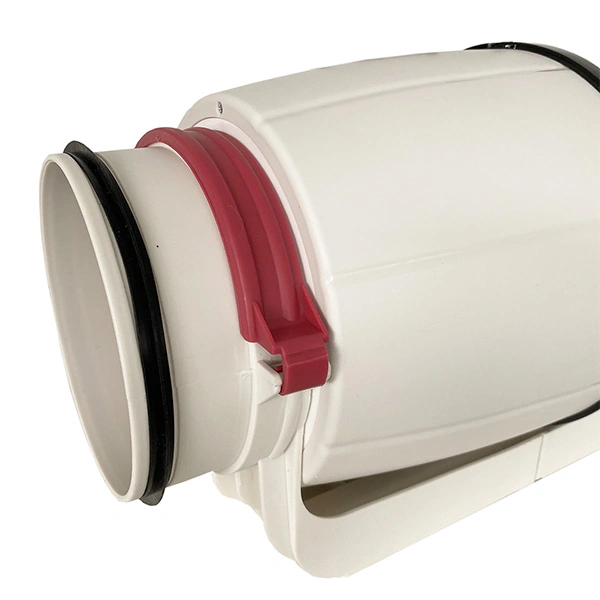What Makes Vertical Hydroponic Farming a Cost-Efficient Alternative?
How Does Hydroponic Farming Lower Operational Expenses?
Hydroponic farming cuts costs by skipping soil and huge water setups. Regular farming needs big fields and depends on the seasons. Hydroponics, though, grows plants any time of year. It feeds them with water full of nutrients. This way, fewer crops get lost to bugs, bad weather, or uneven watering.
Take Plastic Hydroponics Grow System Nursery Table Tray, for instance. They use pumps and a tank to send water and nutrients to roots on a schedule. It’s all automatic. Everything flows evenly. So, water waste drops, and feeding happens with watering. No extra fertilizers are needed. That saves time and cash. Experts say hydroponics can use 90% less water than old-school farming.
In What Ways Does Vertical Design Maximize Space and Minimize Waste?
Vertical hydroponic systems stack crops in layers. This works great in cities where land is scarce. You get more plants per square meter than with flat fields. A low-profile square design used in Mini Black Plastic Square Flower Pot utilizes space well. Farmers can grow tons of plants in tight spots, especially early on. Using height like this lowers land costs. It even lets farming happen on rooftops or in warehouses—places regular farming can’t touch.

Plus, these systems recycle nutrients in a closed loop. That means less stuff is needed overall. Waste and runoff shrink compared to traditional methods, where water and nutrients soak into the dirt. Vertical setups can grow 10 times more per square foot. That ramps up savings.
Are Labor and Resource Inputs Really Reduced in Hydroponics?
You bet they are. Hydroponic systems often run on autopilot—think timed lights, nutrient pumps, and clever watering. Less hands-on work is needed. One person can manage what takes a whole crew in soil farming. Features in systems like plastic hydroponics grow system nursery table trays make upkeep and cleaning a breeze. Labor costs drop even more.
Weeding or plowing? Not a thing here. Automation means fewer check-ins, so farms hum along with a smaller team. Vertical farms can slash labor expenses by around 30% compared to traditional ways. That’s a smoother operation.

How Do Hydroponic Systems Promote Environmental Sustainability?
Why Is Water Usage Significantly Lower in Hydroponic Farming?
Hydroponics saves water—a lot of it—which is great for the planet. Old farming loses water to the air or ground. Hydroponics keeps it in a closed cycle. An acre gets watered automatically, just enough for the plants. No excess spills out. This helps in dry areas where water’s getting harder to find as the climate shifts. These systems can use up to 95% less water than regular farming. That’s a huge green win.
What Role Does Soil-Free Cultivation Play in Reducing Pollution?
Growing without soil stops soil-borne bugs and sickness. That means less need for sprays like fungicides or weed-killers. The result? Cleaner crops and less junk flowing into rivers or nature. No tilling also keeps carbon locked in the ground, not floating up as greenhouse gases. Compared to traditional farming, this cuts emissions. Fewer chemicals and less soil mess make hydroponics kinder to the earth.
Can Controlled Environments Help Eliminate Harmful Pesticides?
Sure can. Indoor vertical farms control everything, keeping pests out. That cuts pesticide use—sometimes to zero. Inside, bugs don’t stand a chance, so crops stay safe and healthy.
Why Should General Consumers Care About Hydroponic Farming Costs?
How Could Lower Production Costs Influence Grocery Prices?
When hydroponic farming costs drop—thanks to better tech or bigger farms—grocery bills might shrink too. This shows up most with greens and herbs, favorites in vertical setups. Farms near cities save on shipping. Less fuel, fewer emissions. Urban vertical farms shorten the trip from farm to table.
In What Ways Does Sustainable Farming Impact Public Health?
Hydroponic veggies have almost no pesticide leftovers. Controlled spaces dodge germs like E. coli, common in soil-grown stuff. Delayed flowering in these systems pumps up nutrients and taste. You get fresher, maybe healthier produce.
Can Supporting Vertical Farms Lead to More Resilient Food Systems?
Absolutely. Local vertical farms shield towns from supply hiccups. Think of COVID-19 or the Ukraine war—global messes hit food hard. Vertical farming mixes up how we grow, making cities tougher against shortages. It fits plans like the European Green Deal or USDA’s Climate-Smart Agriculture push. Sustainable habits mean a steadier food future.
Why Are More Urban Centers Turning to Vertical Hydroponics?
How Do City-Based Farms Address Food Security and Transportation Costs?
Cities pack in people but lack fresh food options. Vertical farms nearby fix that fast. They slash transport costs and pollution. Growing close to buyers keeps food fresh longer. It boosts local jobs too. Urban farms can chop carbon emissions by cutting food miles big-time.
What Are the Economic Benefits of Localized, Year-Round Production?
Growing all year skips weather woes. Stores keep steady stock, and prices don’t jump around. Local crops mean green jobs—think technicians or delivery folks. These gigs help cities shift to sustainable work, building stronger communities.
How Has Climate Change Accelerated the Shift to Indoor Agriculture?
Climate change throws droughts, floods, and fires at crops. Indoor farming dodges all that. It uses tricks like energy-saving lights, often from clean power. Talks like COP28 spotlight this as a fix for climate woes. It’s why leaders and investors are all in. Vertical hydroponics is a solid bet for steady, green food.
What Sets TIDESTAR’s Hydroponic Solutions Apart?
Who Is TIDESTAR and What Do We Offer?
Our Mission: Making Sustainable Farming Accessible
At TIDESTAR, we want everyone to grow fresh, healthy food. Our high-tech hydroponic gear helps communities do that, no matter where they are or what they’ve got.
Our Commitment to Efficiency and Innovation
We build systems that save money while keeping crops top-notch. Our new ideas help clients earn more and hit green goals.
What Makes TIDESTAR’s Vertical Systems Unique?
Modular Design for Scalable Growth
Our setups grow with you—small startups or big players can adjust easily. No need for huge overhauls to keep up with demand.
Energy-Efficient LED Lighting for Optimal Crop Yield
TIDESTAR uses special LEDs tuned for plant stages. They boost growth and cut power bills, working year-round indoors.
Smart Irrigation Technology That Saves Water Without Sacrificing Quality
Our irrigation uses sensors and AI to nail water levels. Plants get what they need, when they need it—no waste, no overwatering.
How Have Our Clients Benefited from TIDESTAR Products?
Real-World Applications in Urban Communities
From New York school rooftops to Singapore housing projects, TIDESTAR brings fresh food where it’s needed. It’s green living, local-style.
Reducing Overhead While Increasing Output
Clients see utility bills drop by up to 40% with our efficient gear. Some double their harvests per square foot, thanks to tight controls in every TIDESTAR system.
FAQ
Q: What is vertical hydroponic farming?
A: It’s growing plants in stacked layers with nutrient water, no soil—maxing out space indoors or out.
Q: How much does it cost to start a small-scale hydroponic farm?
A: Between $5,000 and $50,000, depending on size. Savings on water and labor pay off over time.
Q: Is hydroponically grown food safe?
A: Yup. Controlled setups skip pesticides and soil germs, making cleaner produce than many field crops.
Q: Can I grow root vegetables using hydroponics?
A: Leafy greens are easier, but setups like deep-water culture can handle radishes or carrots with tweaks.
Q: Are there government incentives for starting a vertical farm?
A: Lots of places offer grants or tax breaks for green tech. Check local farm offices or urban programs.



